The Countess was Lady of the Bedchamber to Queen Mary II and one of the Hampton Court Beauties, painted by Sir Godfrey Kneller for Queen Mary. Her father was James Compton, 3rd Earl of Northampton, and her mother was Mary Noel, daughter of Baptist Noel, 3rd Viscount Campden. In 1685 she married Charles Sackville, 6th Earl of Dorset and 1st Earl of Middlesex (died 1706) and the couple lived at their main residence Copt Hall, Waltham Abbey, Essex. In 1687 the couple’s only son, Lionel Cranfield Sackville, was born. He became, on his father’s death, seventh Earl of Dorset and later first Duke. As a child he was a favourite with the brusque and taciturn King (William). Charles and Mary also had one daughter, Lady Mary Sackville (1688 – 1705), who married Henry Somerset, 2nd Duke of Beaufort.
Charles was born during the Civil War, and was the son of Richard Sackville, 5th Earl of Dorset (1622–1677) and Lady Frances Cranfield, sister and heiress of the 3rd Earl of Middlesex, to whose estates he succeeded in 1674, being created Baron Cranfield, of Cranfield in the County of Middlesex, and Earl of Middlesex in 1675. Three years later, on the death of his father in 1677, he became 6th Earl of Dorset and inherited Knole. Thus began the assembly at Copt Hall (and later, at Knole) of the outstanding collection of 17th-century furniture, textiles and portraits that compensated for the losses of the Civil War and that are now on public display. His first wife, Dowager Countess of Falmouth, died during childbirth, and two years later he went to France for his health embarked on a string of casual affairs and resisted pressure from his mother, Frances, to get married again - 'I doe pasionatly Long to see you fixte,' she wrote to him.
Charles Sackville had benefited from his friendship with Charles II. In 1668 he had been made a Groom of the Bedchamber, and in 1669/70 he had been sent to France as ambassador to the Court of Louis XIV, but his real moment came in January 1689, when he supported the accession to the throne of King William II and his wife Queen Mary. As a reward, Charles was appointed Lord Chamberlain of the King's Household, in which capacity he supervised the domestic affairs of the monarch, ordering new keys for Queen Mary's apartments in Whitehall, ensuring that the Speaker's Chair in the House of Commons had a new velvet cushion, and arranging for the accommodation of the Court on his visits to the various royal palaces. He was also a member of England's first cabinet and one of several regents during the King's frequent trips to his native Holland. One of the traditional perks of the Lord Chamberlain's office was that he could dispose of any furniture from the royal palaces particularly Whitehall, Hampton Court and Kensington - when it was no longer required, on the death of a sovereign or simply when it was felt to be out of date. This is how the 6th Earl acquired the finest collection of Stuart furniture in the world.
In 1690 Mary II commissioned Kneller to paint a series ‘of the principal Ladies attending upon her Majesty, or who were frequently in her Retinue’. A set of eight portraits were aptly named The Hampton Court Beauties and were the most glamorous ladies from the court of William III, one such lady was Mary Compton, our sitter. Still to this day they remain at Hampton Court.
Our sitter died of smallpox in 1691, aged 22 years. It was recorded that Queen Mary was deeply grieved at her loss, knowing what a loyal and clever friend she was.
Held in a period gilded frame.
Inscribed on verso “Countess of Dorset, Daughter of James Earl of Northampton”, a Christies sale stencil “214 YO”, “5th Aug 1977”, and “lot 152”.
Sir Godfrey Kneller (1646-1723) was one of the most prominent portrait painters in England at the end of the seventeenth century. He painted seven British monarchs (Charles II, James II, William III, Mary II, Anne, George I and George II) and in 1715 was the first artist to be made a Baronet (the next was John Everett Millais in 1885).
He was born in Germany but trained in Amsterdam and studied in Italy before moving to England in 1676. Towards the end of the century, after the deaths of Peter Lely and John Riley, Kneller became the leading portrait painter in Britain and the court painter to English and British monarchs from Charles II to George I. He dominated English art for more than thirty years. His over 40 "Kit-cat portraits" and the ten "beauties" of the court of William III are most noteworthy. He ran a large, busy and successful studio in London and employed many assistants thereby establishing a routine that enabled a great number of works to be produced. His name became synonymous with British portraiture at the time and he rose to great notoriety; and there were countless other artists that strove to emulate his style. He died of a fever in London in 1723 and a memorial was erected in Westminster Abbey.
In Kneller’s will he left 500 unfinished pictures to his chief assistant Edward Byng (c.1676-1753) who in Kneller’s words had "for many years faithfully served me". Byng lived with him at a house in Great Queen Street. Kneller gave him a pension of £100 a year, and entrusted him to complete these pictures, for which he was to receive the payments for them. Kneller had been paid only by half for these; whether his clients were not as expeditious to pay as they were to sit or whether Kneller’s death came first, the reason being unknown. Byng also inherited drawings in Kneller's studio, many now in the British Museum. He later lived at Potterne, near Devizes, where he died in 1753 and was buried. His brother Robert was also a painter and many works have been jointly attributed to both brothers. According to Edward’s will his estate was divided after his sister Elizabeth's death between his nephew’s William Wray, Robert Bateman Wray and Charles Wray (not, as some have suggested, to Robert Bateman Wray and his sister Mary).



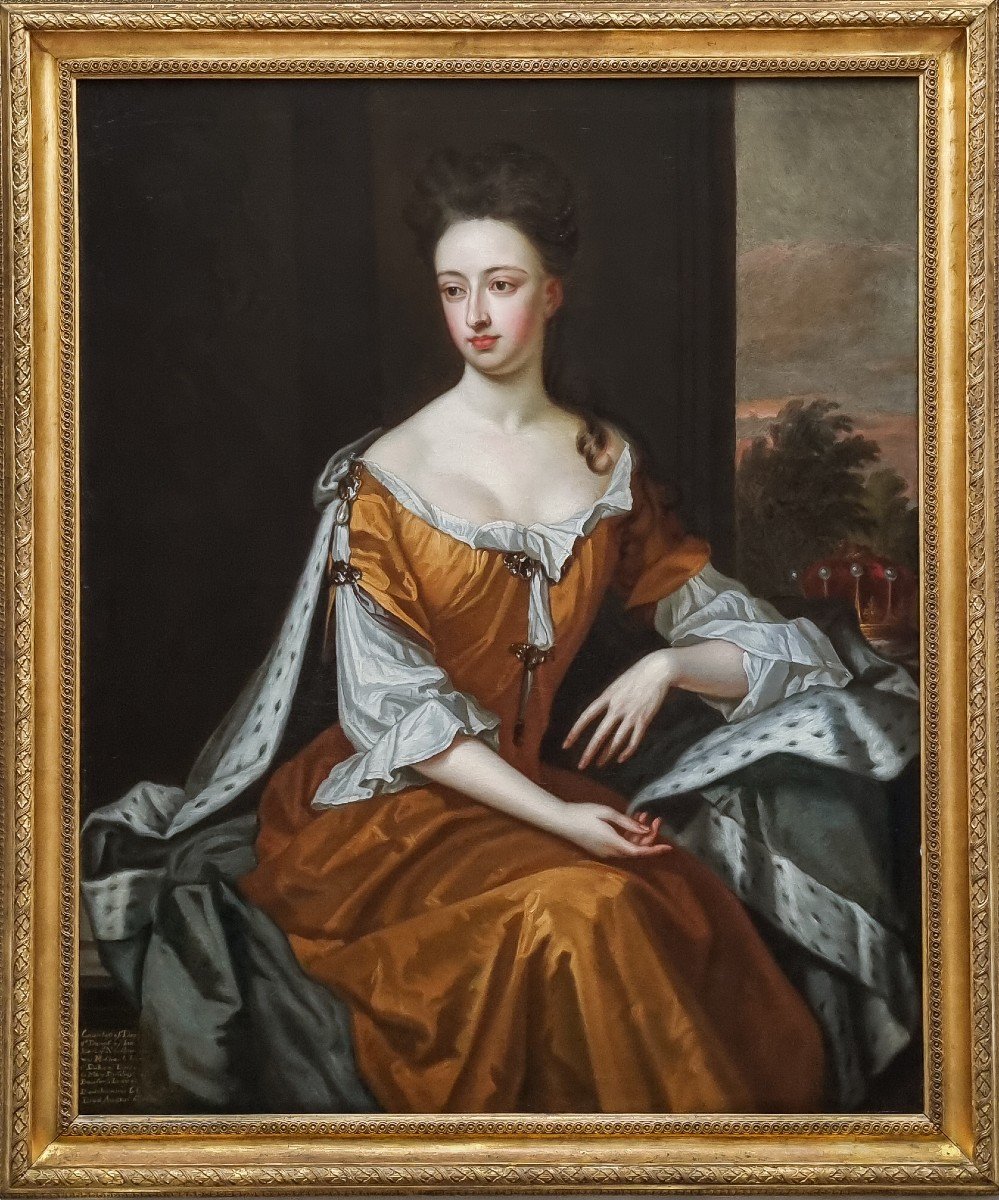
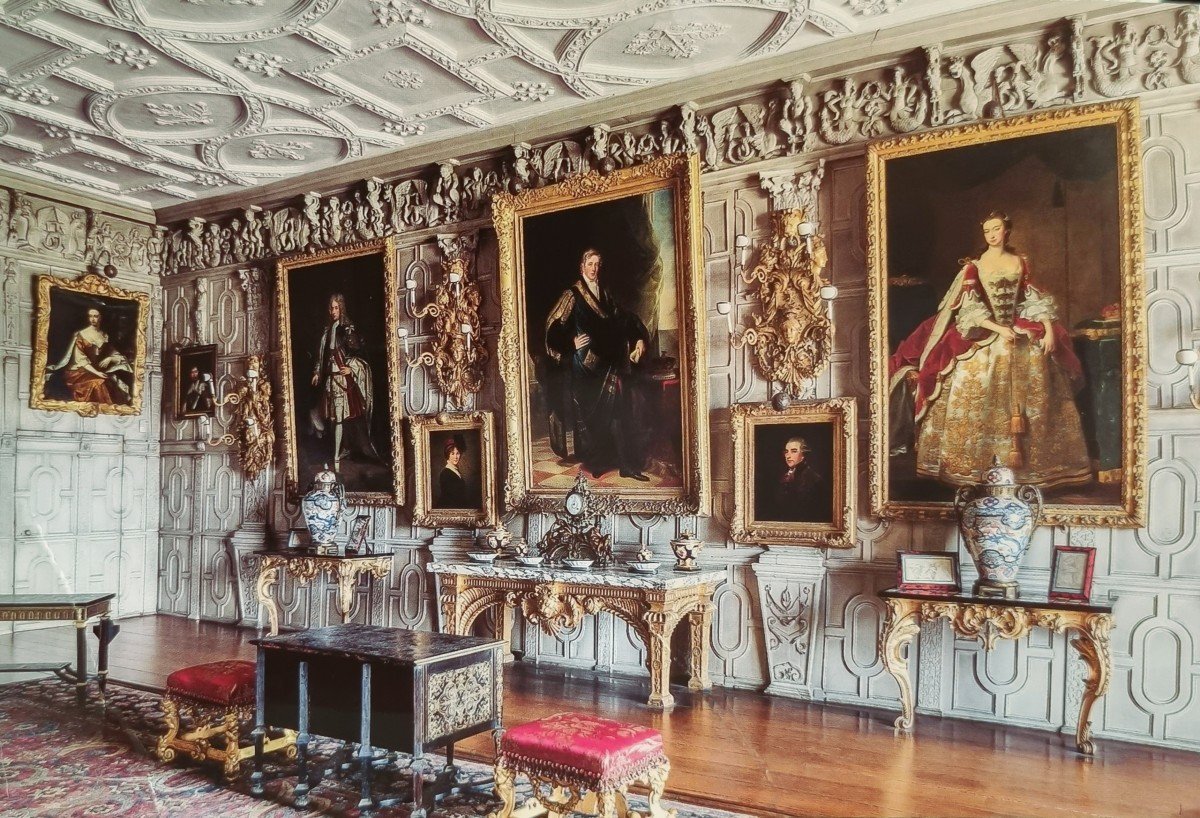
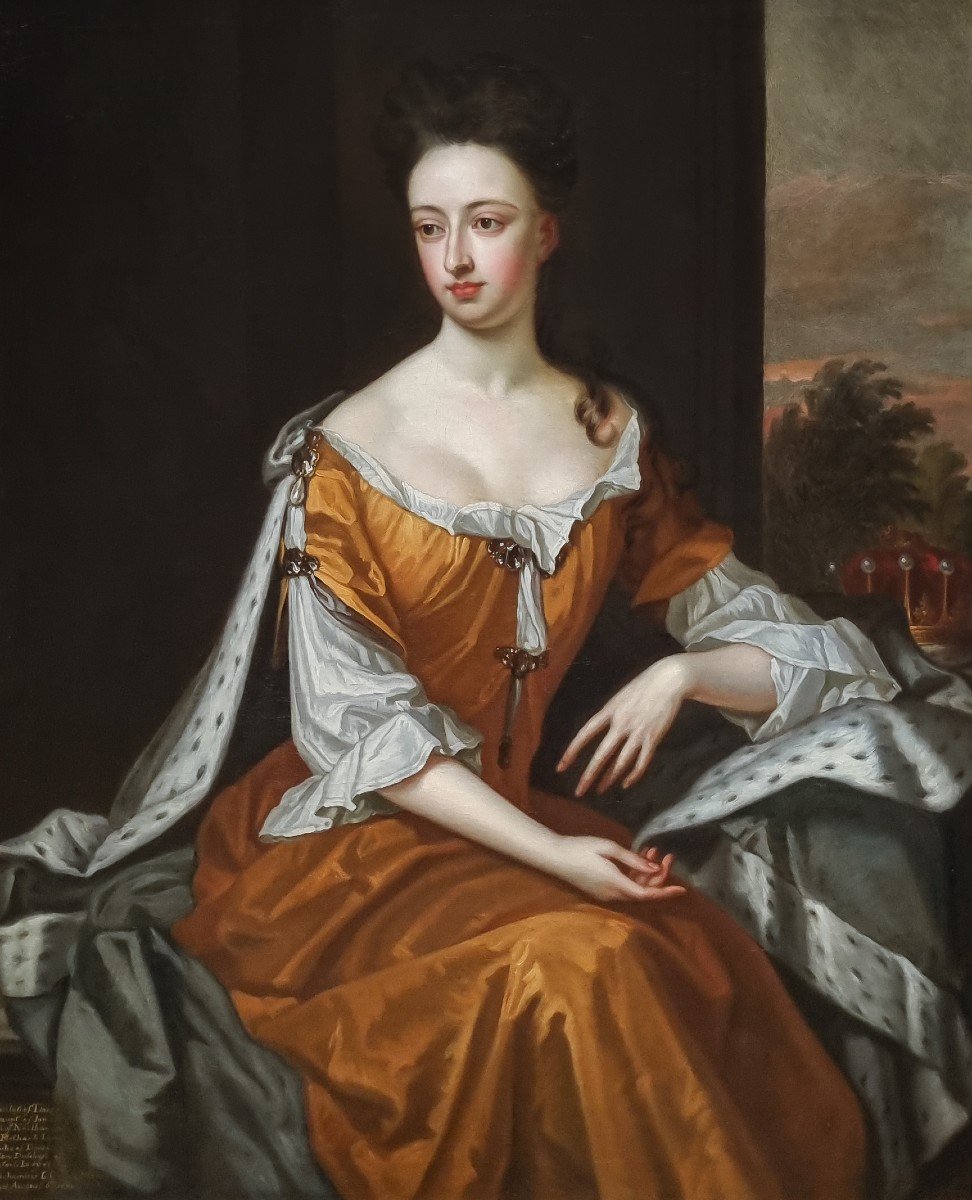
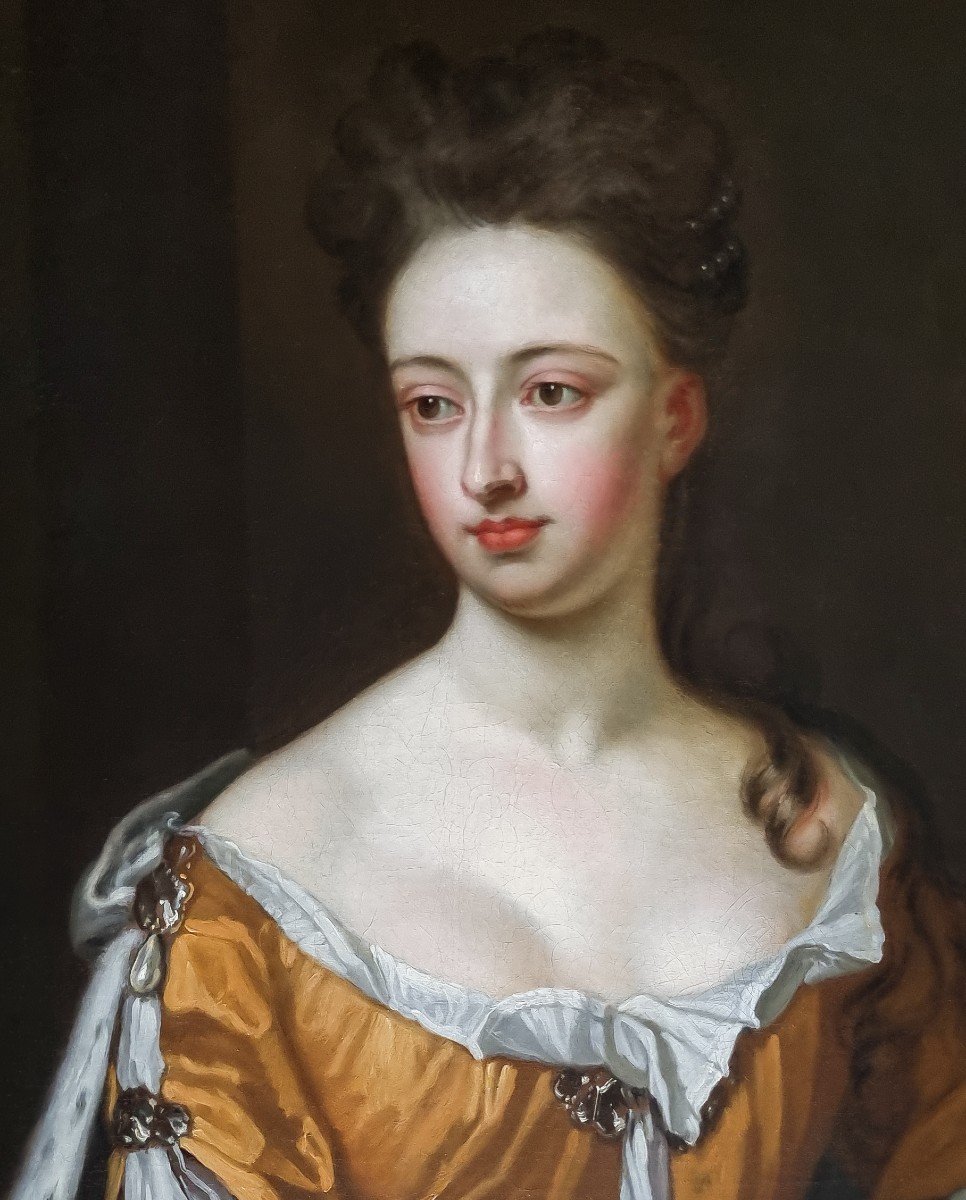

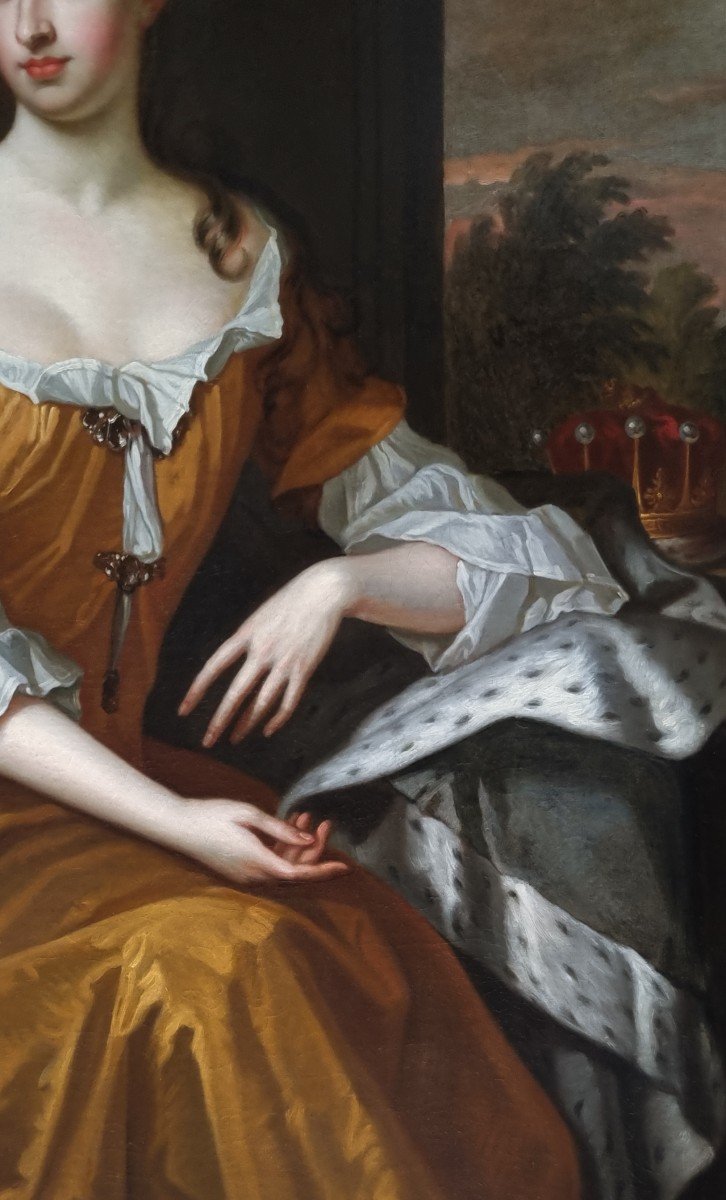

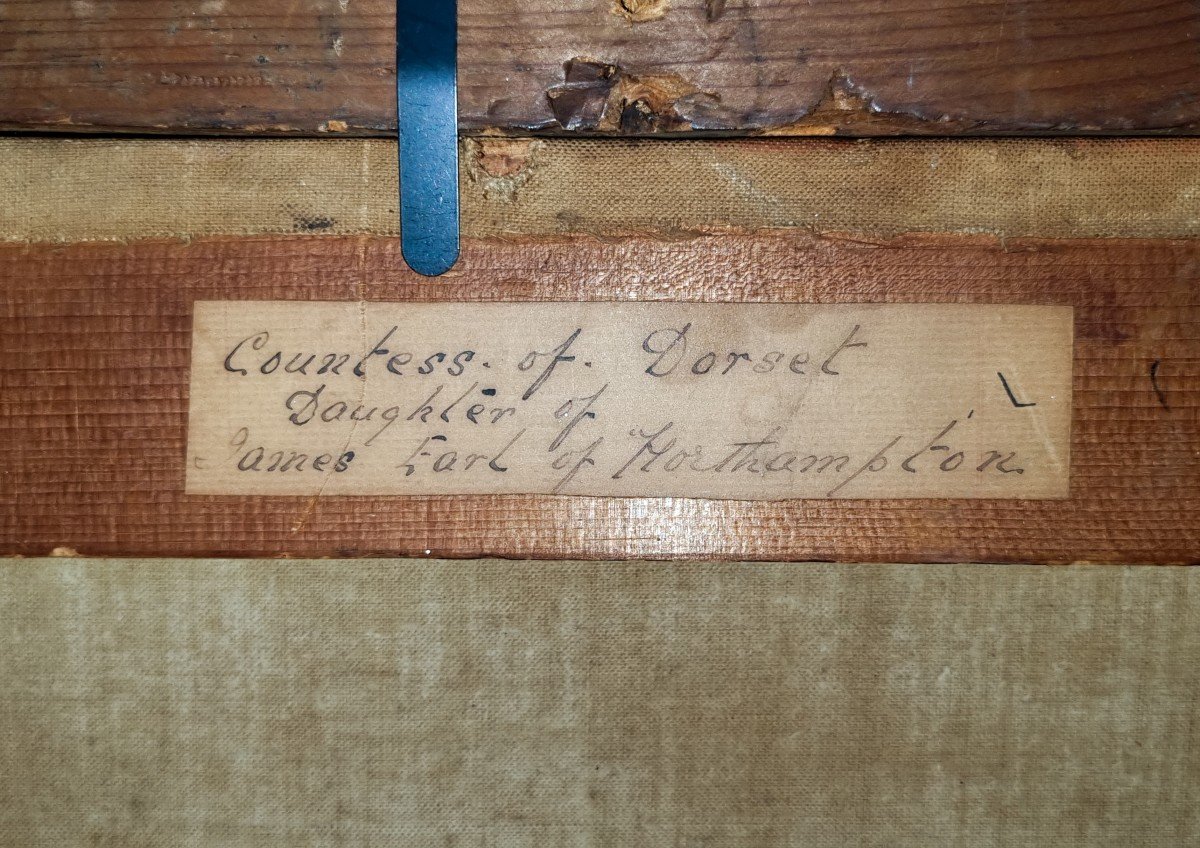
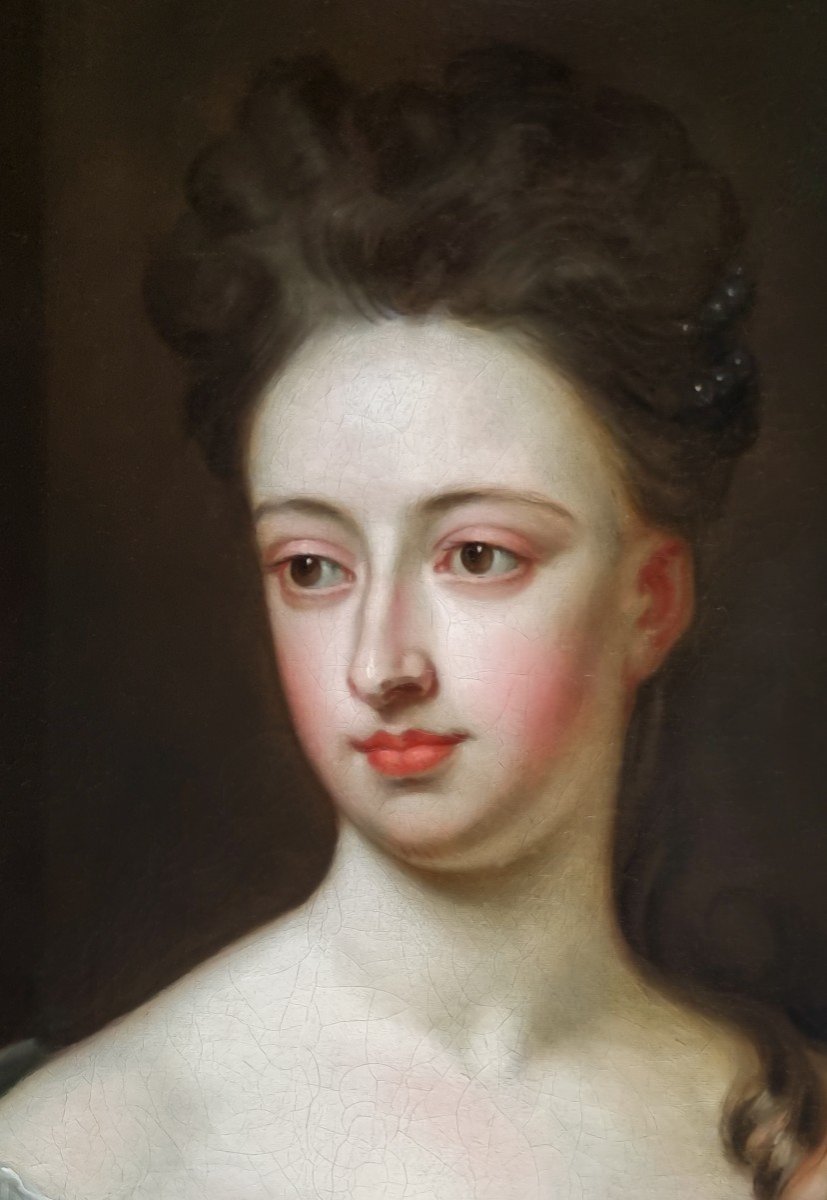
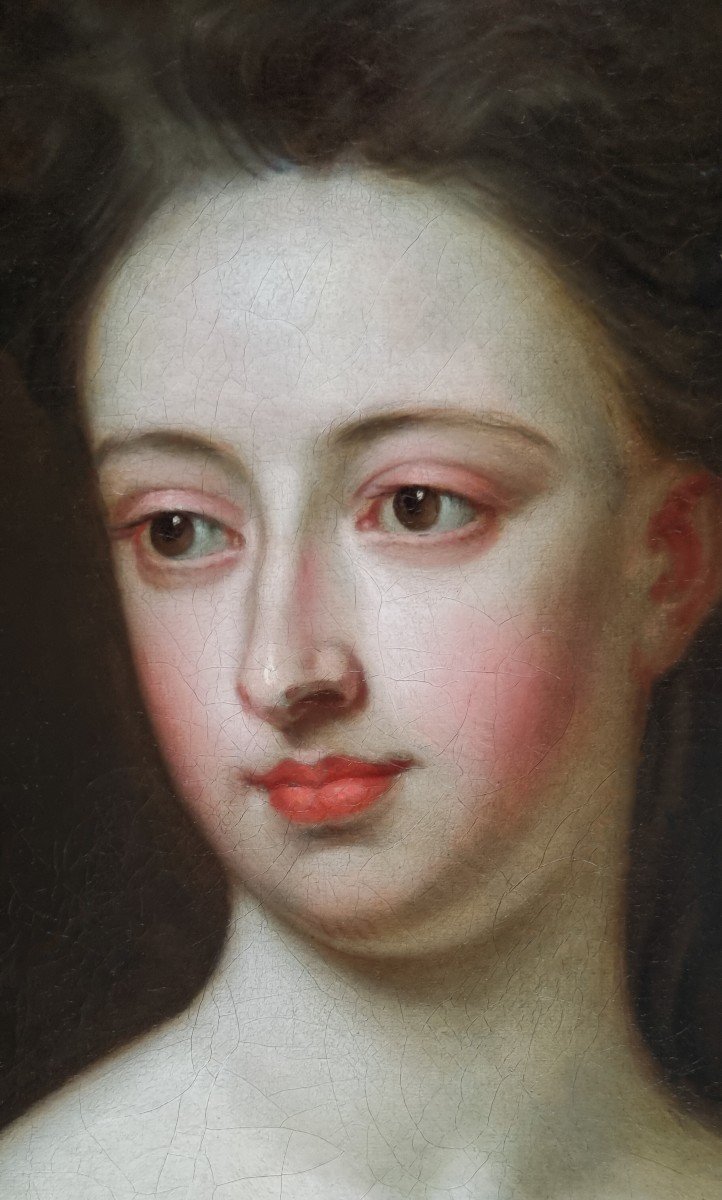
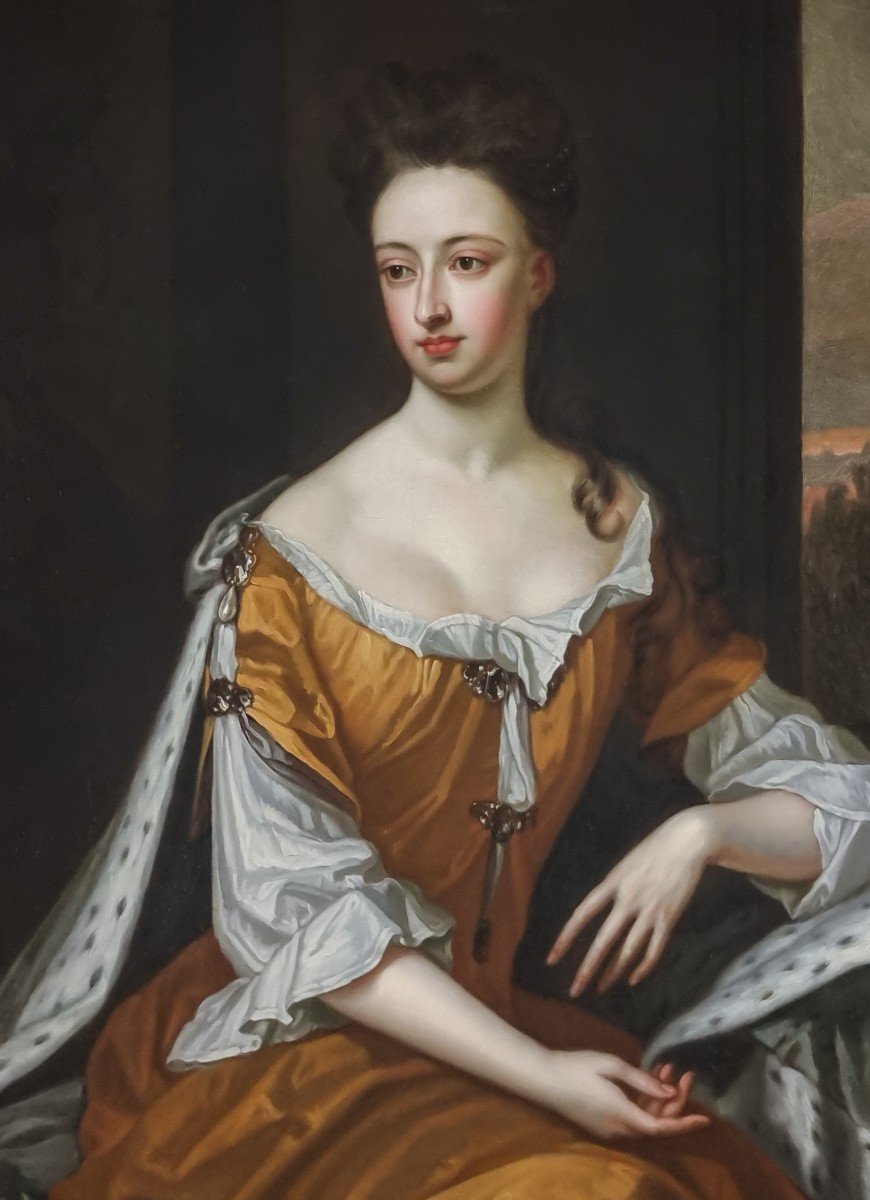
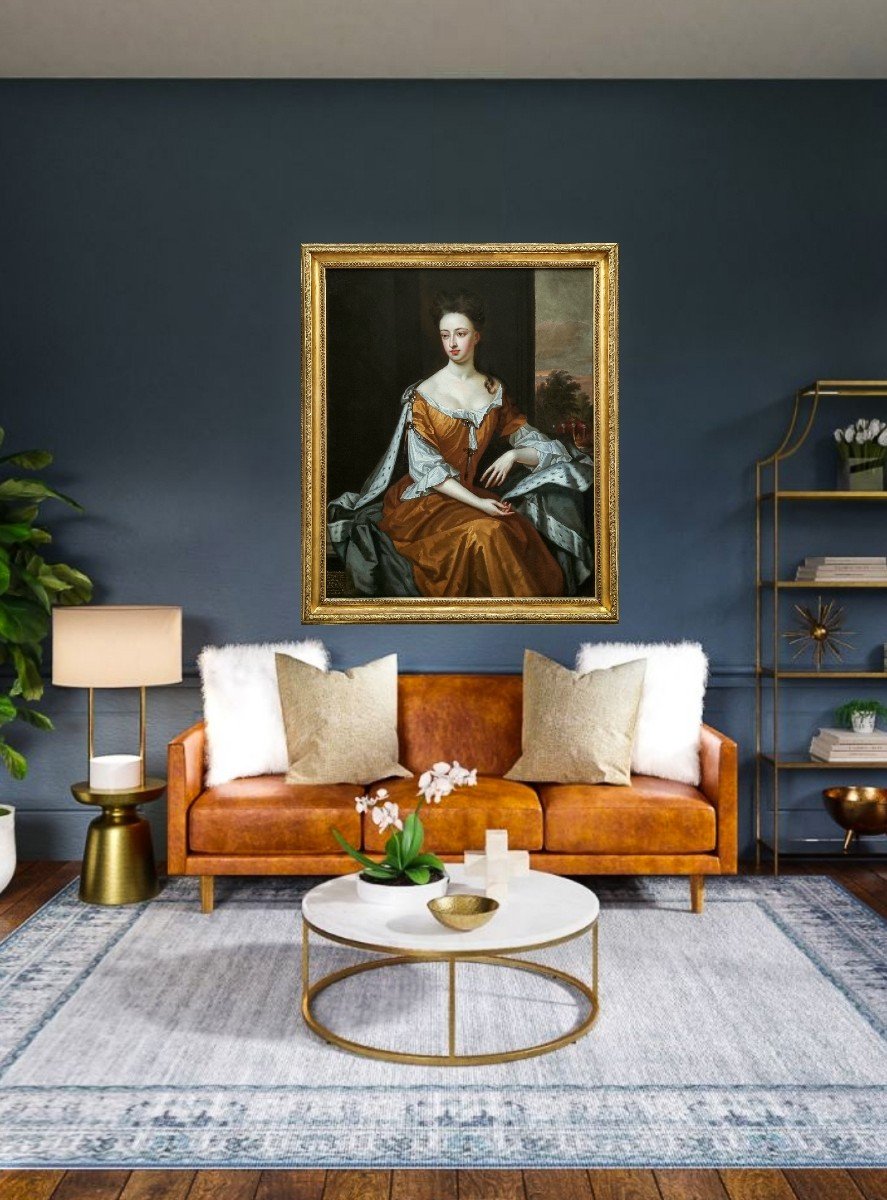








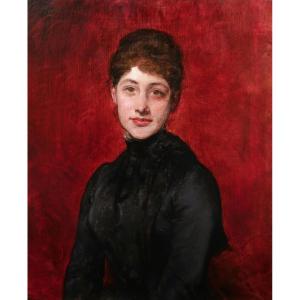

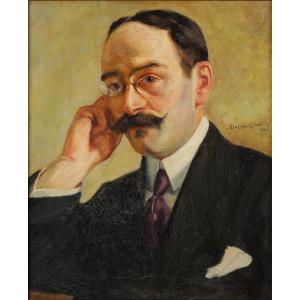
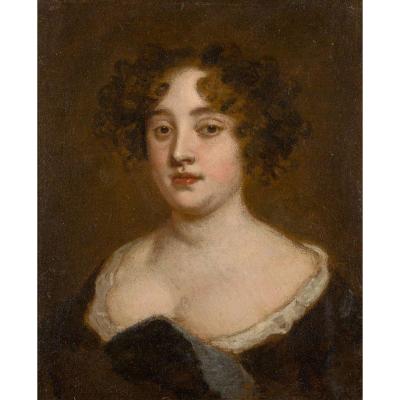



 Le Magazine de PROANTIC
Le Magazine de PROANTIC TRÉSORS Magazine
TRÉSORS Magazine Rivista Artiquariato
Rivista Artiquariato
